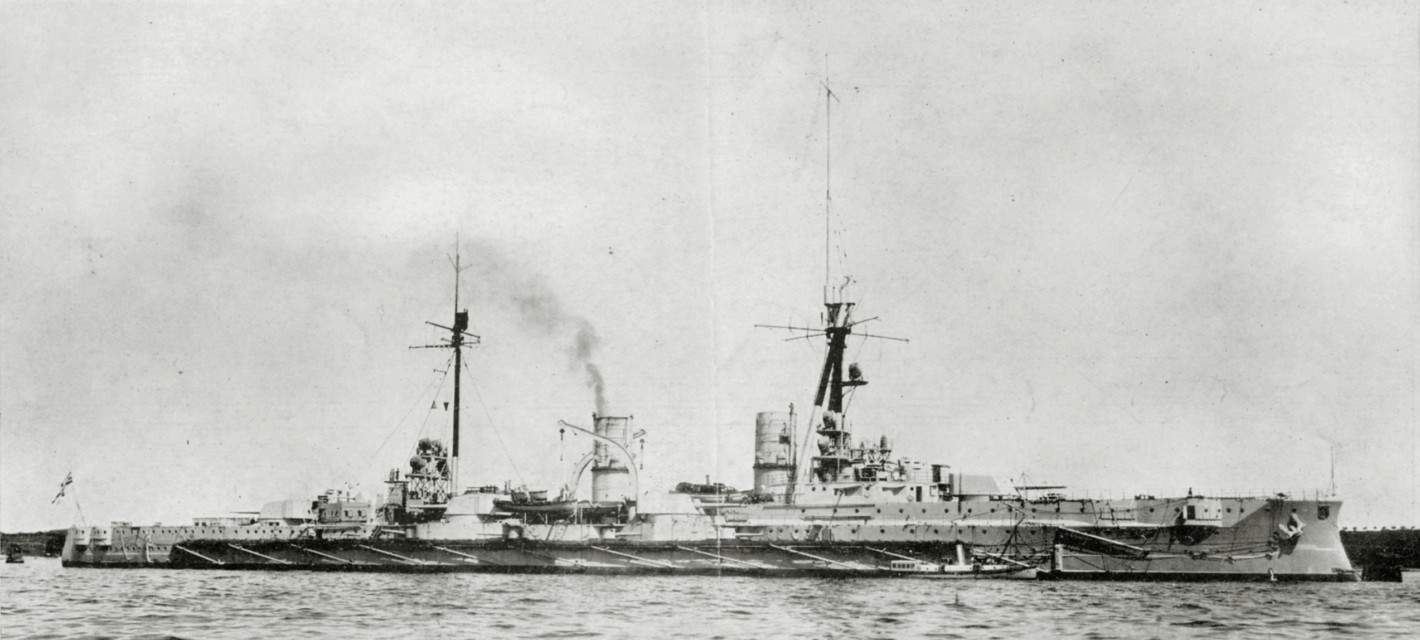In the early months of WWI, it was widely expected that the larger British Navy would quickly vanquish the smaller German fleet. However, this was not the case, and German naval forces, encouraged by the success of a surprise attack on the British coastal towns of Hartlepool and Scarborough, decided to attack the British coast again in January 1915. The earlier attacks on Hartlepool and Scarborough were a national humiliation. In January 1915, the British were prepared and they were determined that there would be no more German raids on their coast.
The Germans were intercepted as they sailed towards the coast by a British flotilla on the morning of January 24, 1915. The German battleships were met by a squadron of British cruisers led by Vice-Admiral Sir David Beatty. The two squadrons met in battle near the Dogger Bank in the North Sea.

The German squadron was under the command of Rear Admiral Hipper. At first when he saw the British, Hipper tried to outrun them and head back to safety of Germany. The British cruisers were among the finest ships in the Royal navy and they were soon able to catch up with Hipper. Within an hour of encountering each other, the battle had begun. As soon as the German squadron was within the range of the British guns, Beatty’s cruisers opened fire. The German cruiser Seydlitz was soon ablaze. Some 200 of its crew members died but the ship did not sink and managed to make it back to port.
The British were only able to sink one ship in the German squadron, a cruiser named the Blücher. This was the oldest ship in the flotilla and was a relatively easy target for the British guns. It is believed that over 700 sailors died when the Blücher sank. The sinking of the ship was caught on film and was a popular image in Britain during the war. The film was even featured in advertising.
The HMS Lion was the lead British ship in the action. It was hit several times by the Blücher and over a dozen sailors were killed in the action. Beatty was a very cautious commander and he refused to allow the British ships to follow the Germans. He feared that they would sail into a minefield, or they would be intercepted by submarines. This allowed Hipper and his ships to make it back to port. There were to be no more repeats of the earlier attacks on British coastal towns, and the Royal Navy was able to largely control the North Sea.

